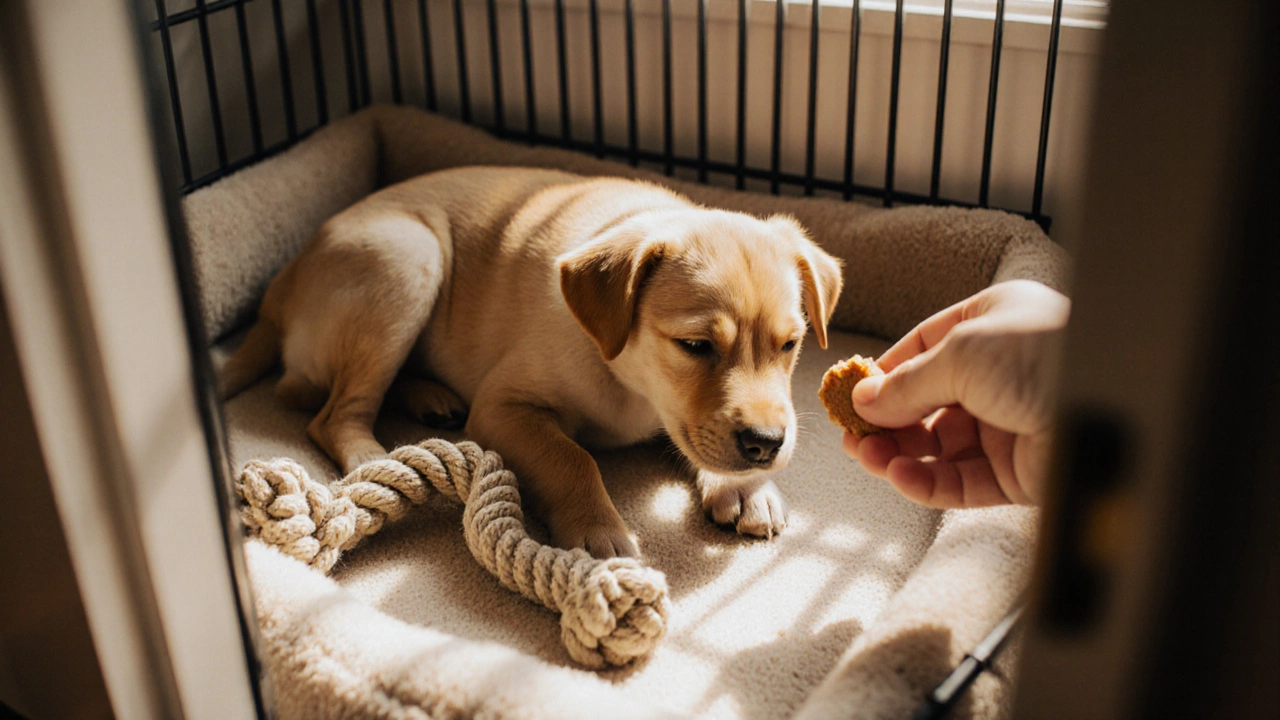Puppy Confinement: Practical Tips for Keeping Your New Pup Safe and Happy
When setting up puppy confinement, a safe, controlled area where a young dog can rest, play and stay out of trouble. Also known as puppy pen, it lets owners manage energy and teach boundaries. puppy confinement isn’t just a cardboard box or a corner of the living room – it’s a purpose‑built space that supports learning, health and confidence. The first thing most owners need to know is that crate training, teaching a puppy to view a crate as a secure den is a core part of any good confinement plan. Crate training provides a clear, consistent limit and reduces anxiety, which in turn helps with house‑breaking and socialisation.
Why Proper Confinement Matters
Confinement guidelines, the rules and best‑practice steps for setting up a puppy’s safe area are more than checklists; they shape the puppy’s perception of safety. When a puppy knows where it can relax without being chased, it learns to self‑regulate its energy. This relationship means "puppy confinement" encompasses safe spaces, while requires consistent routines and appropriate tools. A well‑designed pen or crate also influences puppy socialisation, the exposure to people, sounds and other animals during early development because a calm, secure base makes new experiences less overwhelming.
Choosing the right confinement type depends on your home layout and the puppy’s breed. A playpen, a portable, fence‑like enclosure that offers more room than a crate works well for larger breeds that need to stretch, while a small‑size crate fits apartments and helps limit chewing on furniture. Regardless of the choice, the space should be easy to clean, well‑ventilated, and equipped with a comfy bedding layer. Adding a few chew‑safe toys inside teaches the pup that the area is a positive place, not a punishment.
Safety is another pillar of good confinement. Puppies love to explore, so you’ll want to baby‑proof the area: cover electrical cords, remove choking hazards, and secure any small objects that could be swallowed. A simple check of the pen each day can prevent accidents that could lead to costly vet visits. Remember, a confined puppy still needs regular bathroom breaks, fresh water, and short, supervised play sessions outside the pen to avoid boredom and stress.
Now that you’ve got the basics – crate training, playpen options, and safety checks – it’s time to put them into action. Below you’ll find a curated list of articles covering everything from safe chew options for 8‑week‑old pups to house‑training methods, all designed to help you master puppy confinement and raise a confident, well‑behaved dog.

Puppy Crate Time: How Many Hours Per Day Is Safe?
Learn the safe amount of daily crate time for puppies, with age‑based guidelines, signs of over‑crating, and practical tips to keep your pup happy and healthy.
View more